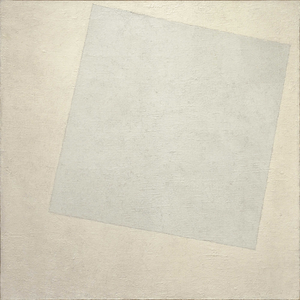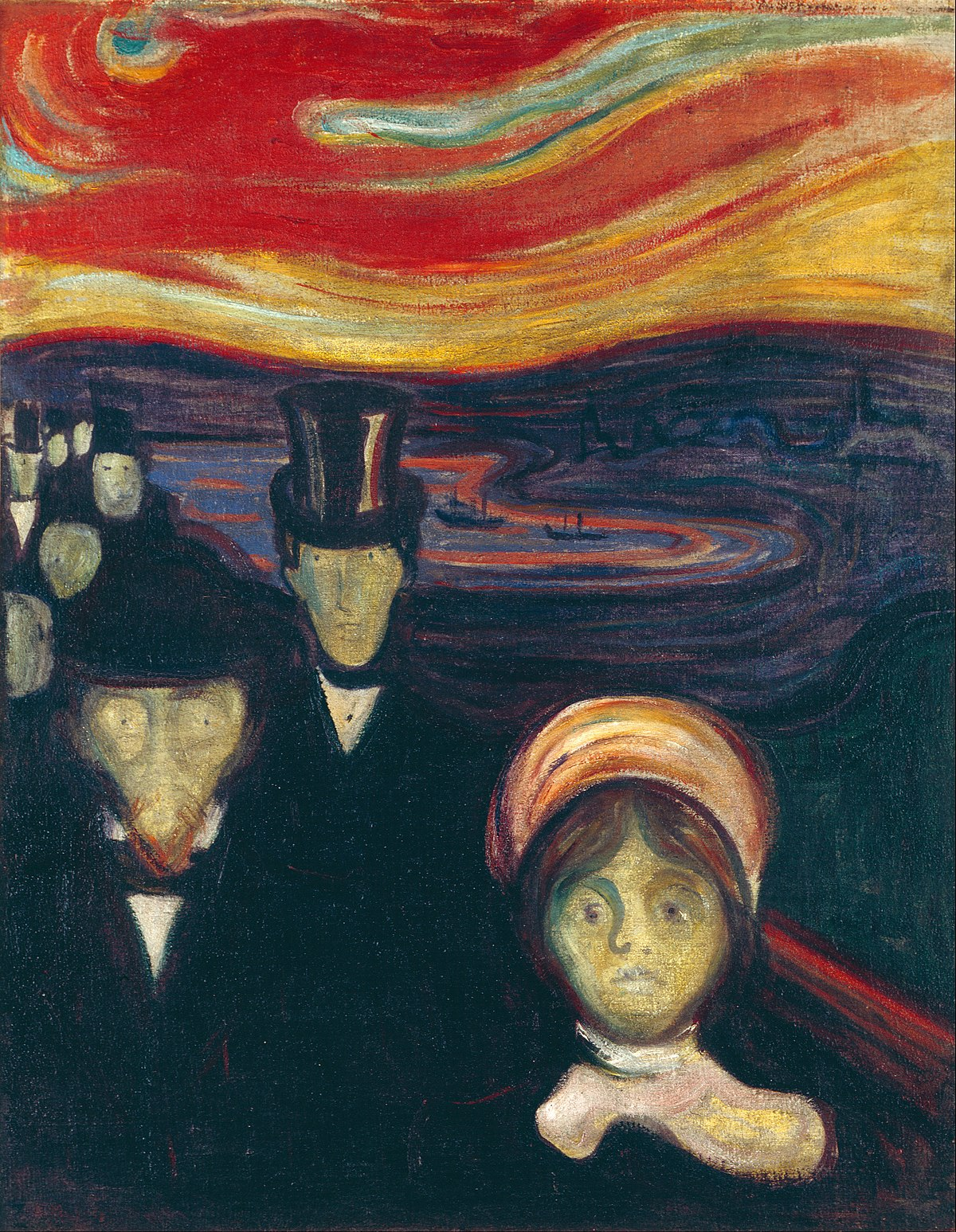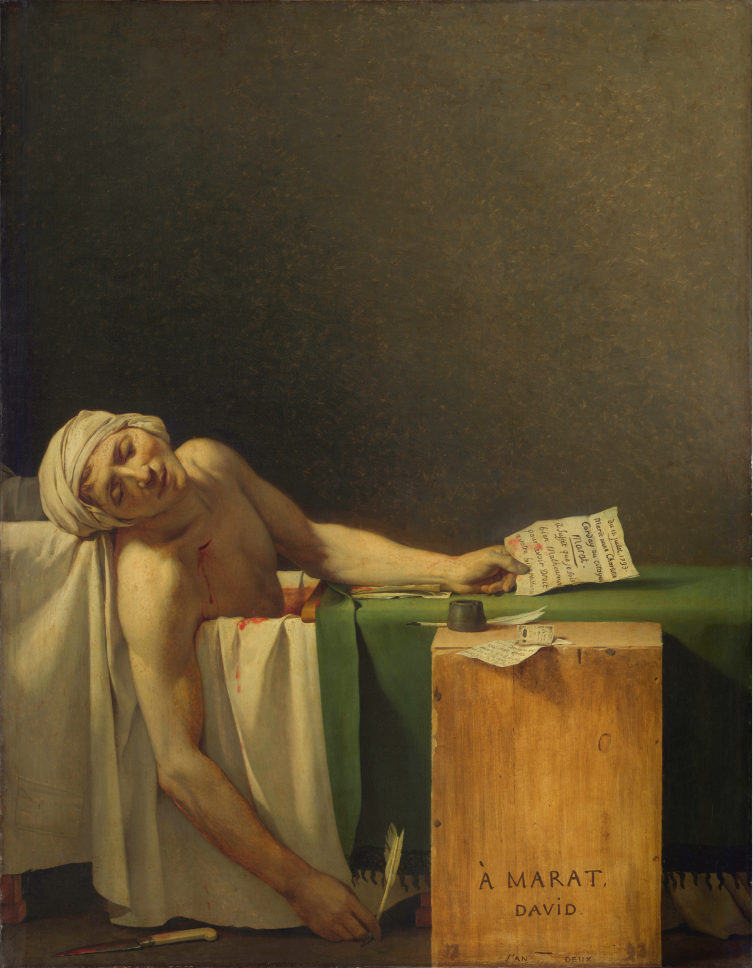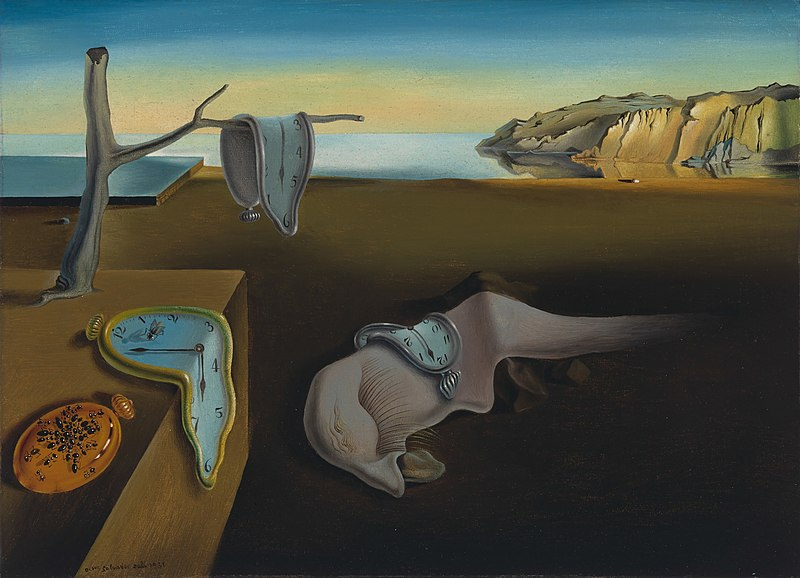SupremePunk #035

Buried Alive
This Punk is inspired by CryptoPunk #2697 and the works of abstract artist Kazimir Malevich. SupremePunk #035 is imbued with fear of demise, a spirit of vengeance, and enigma. The narrative of the artwork revolves around the end of a great, yet fictional, writer, George Benton. His works and biography are deeply intertwined with the concept of mortality and brutal honesty. The crux of the artwork is the crosses and rectangles superimposed on a white plane, drawing inspiration from Malevich's "Suprematism" (1915-1916), as seen in "White on White."

K. Malevich — White on White, 1915-1916
The Punk's face does not consist of distinctive elements, its color seamlessly merges with the background. The artwork is unique as the background plays a more prominent role, symbolizing the light contrasting the Punk's dark theme. This light signifies Benton's work, an important contribution to the world of literature, and his internal struggle due to physical and mental ailments. The background possesses the same mysticism as Benton's work, with an unnatural feel due to the shades and hues of blue. It's reminiscent of the tension filled artwork "Anxiety" by Edvard Munch, where internal struggles and fear are encapsulated.

Edvard Munch — Anxiety, 1894
The face is depicted by two prominent crosses, appearing to confine the Punk, reminiscent of a coffin. The facial expression is reminiscent of Benton's death mask. This presentation mirrors the tragic end portrayed in "The Death of Marat" by Jacques-Louis David.
George Benton, a staunch advocate of social stability, asserted that any societal reformation without the foundation of spiritual beliefs and divine guidance is futile. His intentions were to incorporate spiritual principles in every facet of life, marking the inception of spiritual themes in literature.

Jacques-Louis David — Death of Marat, 1793
Benton's struggle to complete the sequel of his prominent work, "Lost Spirits," led him to a mental crisis. The distress led him to burn the manuscript in a state of confusion, deeming it a devil's prank. His heightened spirituality instilled fear of damnation, amplifying the guilt associated with his creative endeavors. This existential struggle is evocative of Salvador Dali's "The Persistence of Memory," representing the concept of time and mortality.

Salvador Dali — Persistence of Memory, 1931
Benton, plagued by health issues since his youth, further deteriorated due to ascetic practices leading to deep depression. Amidst his sufferings, he sought solace in spiritual retreat, planning to become a monk. This endeavor was unsuccessful but fostered a new vision for his literary work. He aimed to create works that would direct society towards virtues, leading to the compilation of his correspondence with friends, providing insights into his changing moods.
The end of Benton's life was shrouded in mystery and deemed mystical. Some believed that he fell into a cataleptic sleep rather than actually dying. This was because, post his death, his body was found in an abnormal position with a twisted skeleton and a tilted head. Benton had expressed his fear of premature burial, as he often fell into such cataleptic sleeps. His testament stated his wish to be buried only when his body showed undeniable signs of decay.
In this manner.
SupremePunk #035 serves as a reflection of abstract art, personal struggles, and the metaphysical concept of mortality, transcending the boundaries of the real world.

Buy

Gallery:
CryptoPunk #2697 that has been taken as a base

Your transaction is in progress

You have connected to the wrong network

Transaction is successful!


